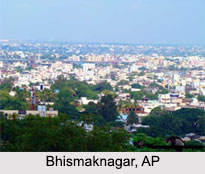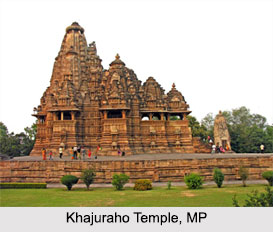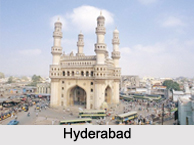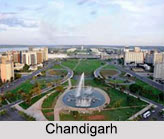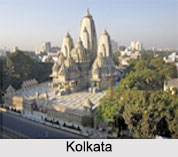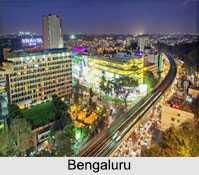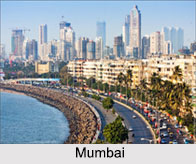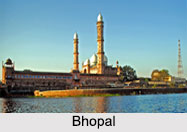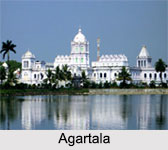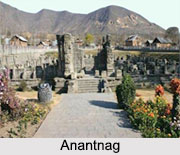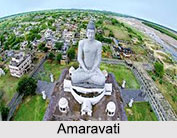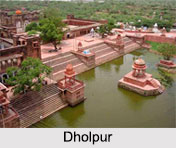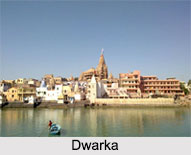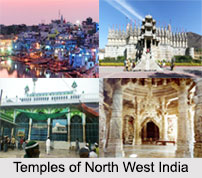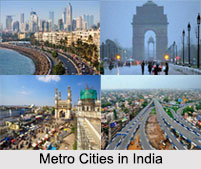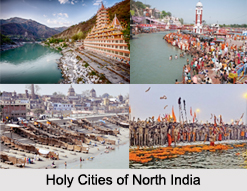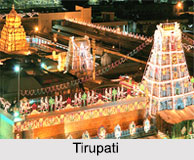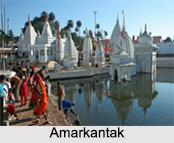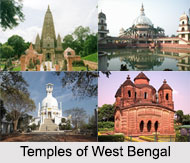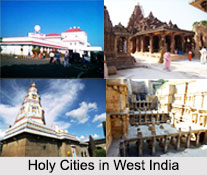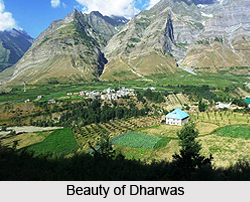 Dharwas is a town in the Indian state of Himachal Pradesh. It is the northernmost town in the district of Chamba in the state. It is located in the Pangi Valley which is the remotest valley of Chamba district. Dharwas is the largest and the most populated hamlet in the Pangi Valley. It is nestled at an elevation of 8000 feet above sea level. It is located around 17 km from Ishriari village on the Dalhousie-Kishtwar trek route. The town is known for natural beauty. Trekking base camps are available here.
Dharwas is a town in the Indian state of Himachal Pradesh. It is the northernmost town in the district of Chamba in the state. It is located in the Pangi Valley which is the remotest valley of Chamba district. Dharwas is the largest and the most populated hamlet in the Pangi Valley. It is nestled at an elevation of 8000 feet above sea level. It is located around 17 km from Ishriari village on the Dalhousie-Kishtwar trek route. The town is known for natural beauty. Trekking base camps are available here.
Attractions of Dharwas
The town of Dharwas is known for its picturesque location adorned with natural beauty. It is home to the large natural spring called Tilmili which is well known for its mineral qualilities. As per local people, water from this spring was sent regularly to the Raja of Chamba. The forests around Dharwas have both hazel nuts and pine nuts.
Around 9 kilometer from Dharwas there is Killar which is the headquarters of Pangi valley. It is also the nearest village to Dharwas. Located in the deep and narrow gorge of Chenab River, Killar is famous for its incredible natural beauty. Another attraction of Dharwas is Luj which is home to four villages including Udaini, Bishthow, Balwas, and Mangalwas. Luj is situated at an elevation of 7000 feet above sea level.
Trekking at Dharwas
Trekking base camps are available here. It is the base for trekking expedition to Kishtwar, through Umasi la into the Zanskar Valley, and to Keylong and Manali. One the way to Lahaul, travellers will come across the spot of ` Purthi`, famed for a historical guest house on the banks of Chenab and a fine nursery.
Connectivity to Dharwas
Dharwas is well connected by airway, railway and roadway. The nearest railhead is at Pathankot in Punjab, and the nearest airport is the Gaggal airport. If one wants to reach the village by road then one has to turn north-west, and cross the Sural Nala and a level walk trek of 9 km leads one to Dharwas. Travellers can easily hire bus or taxi service from Killer.
